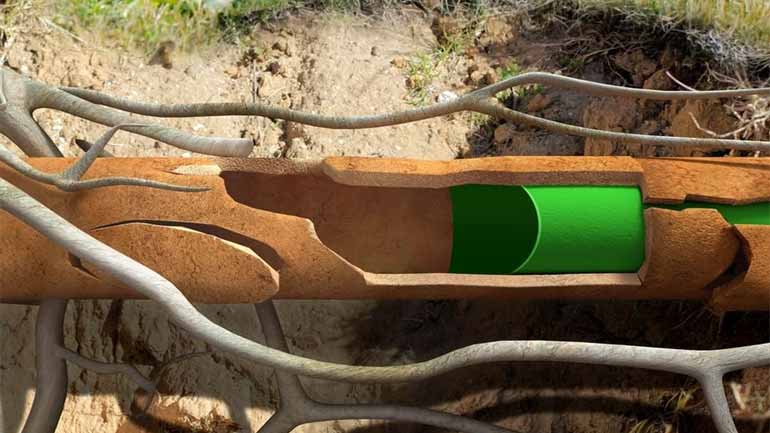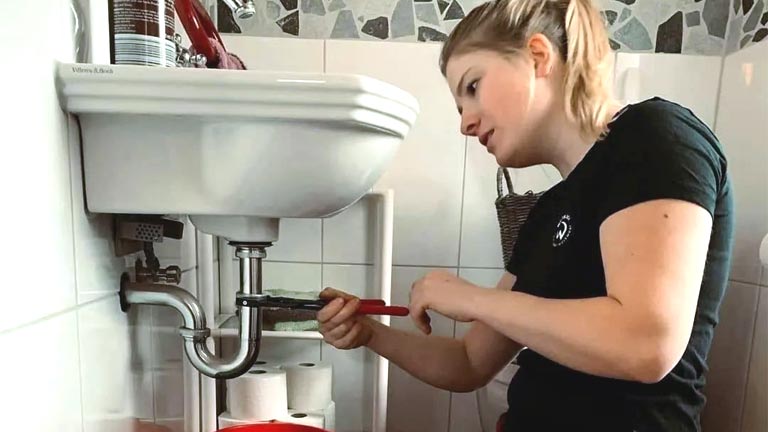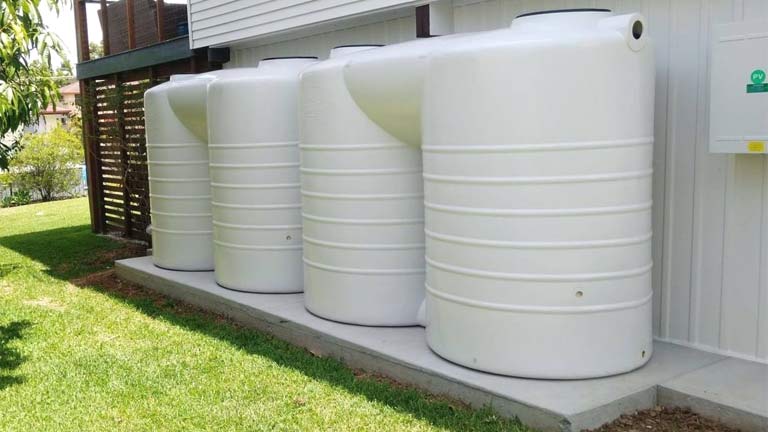
Hot tub chemicals are essential in maintaining clean and safe hot tub water conditions. Products available to maintain this include chlorine granules, bromine granules, oxygen liquid, pH increases and decreases as well as an oxygen balancer.
Mineral sanitizers are easier and less harsh on the skin than chlorine sanitizers, helping prevent odors while leaving your water feeling smoother against the skin.
Bromine
Bromine is an effective and sustainable sanitizer for hot tubs, providing long-term protection.
Additionally, it does not produce as much gas and is less sensitive to high temperatures when compared to chlorine – plus, there’s no chance for eye or skin irritation with bromine’s elimination of chloramines.
To add bromine to your hot tub, begin by regularly adding sodium bromide (often known as “bromine salt”) when draining and refilling your spa. Next, build up what is known as a “bromide bank”, and shock with liquid chlorine or another spa shock treatment product in order to convert bromide ions into disinfecting forms of bromine for effective sanitation of your water body.
Biguanide
Biguanide is an alternative sanitizer that’s gentle on the skin and doesn’t produce unpleasant odors.
Compared to chlorine, this sanitizer requires more frequent application; however, it doesn’t produce dangerous chloramines that linger. Furthermore, it works in combination with hot tub water conditioners to prevent metal staining from taking place.
Mineral Sanitizers
Mineral sanitizers release metallic ions (copper, silver, and zinc) into the water that act as an efficient sanitizer at very low concentrations; this helps reduce chlorine and bromine use in hot tubs.
Minerals allow hot tubbers to enjoy more comfortable, gentler waters that are easier on skin and eyes, as well as require less sanitizer in the long run, leading to significant cost savings over time.
Mineral sanitizers come in various forms – from easy-to-use filter sticks for your skimmer basket, floating dispensers similar to chlorine tablets, or more complex systems connected directly with your existing hot tub plumbing.
Clarifying Chemicals
Before adding chemicals, a good water test kit is necessary. This could range from something as basic as strips to something more sophisticated like liquid testing kits.
When total alkalinity falls too far below optimal levels in a hot tub, corrosion occurs on metal surfaces and it becomes difficult to balance pH levels effectively. This can create serious problems in terms of keeping up the correct water chemistry levels.
Alkalinity increases can be achieved with alkalinity increasers; to decrease it, use a pH decreaser product that contains muriatic acid or sodium bisulfate (these can be purchased either as dry powders or liquid solutions at your hot tub retailer and are commonly referred to as pH decreasers). You can visit this helpful site for more information about pH levels.
Chlorine
Chlorine is an effective sanitizer that works to eliminate bacteria and other contaminants in a hot tub, thereby protecting its users against waterborne pathogens while providing luxurious skin-softening effects while soaking. Proper use can even help avoid pathogen proliferation! This is what makes it one of the best chemicals for a hot tub – although there are other options when it comes to sanitizing. It is important to sanitize your spa.
Your hot tub’s chlorine levels must remain balanced by using liquid, tablet, or granulated forms of chlorine to ensure optimal water quality. However, be wary when mixing chlorine with other chemicals like trichlor (a common pool chemical that may become toxic in hot water environments) or bromine as this could compromise its effectiveness and be hazardous.
Chlorine dissipates more quickly in warm water, so you will likely need to reapply it more often than bromine. Chlorine can be protected from sun’s rays by adding cyanuric acid while bromine cannot.
Anti-Foam Chemicals
Foaming can be a significant issue in hot tubs. It’s usually caused by excessive organic matter in the water from bathers, lotions, soap residue, and deodorants. Using foam removers may temporarily reduce foam but won’t address its source, leading to further foam build-up in future use.
An effective way to combat foaming in your hot tub is to shower before soaking and ask guests to follow suit. Showering helps reduce oil and surfactant transfer into the water and can help limit how often foam occurs.
Consider trying an enzyme product that oxidizes contaminants that create foam to prevent them from sticking to filters and creating issues in your environment.
Stain and Scale Prevention Chemicals
Sequesterants are an efficient solution to scale and mineral build-up on hot tub surfaces and equipment, while simultaneously eliminating metal stains in your water line and shell surfaces due to dissolved iron and copper from source water.
Without chemicals, your hot tub would rapidly turn into an incubation chamber for all sorts of organisms you wouldn’t want to soak in.




